Vimar Lighting accessories
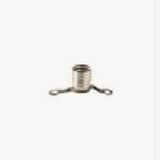

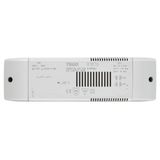

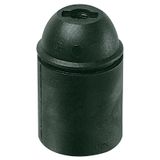

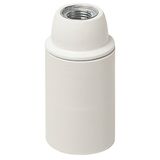
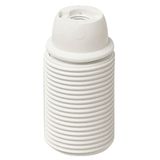






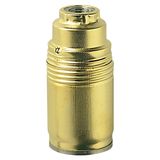

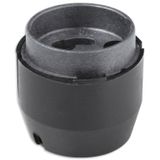



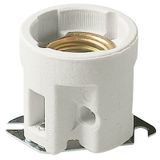
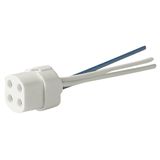
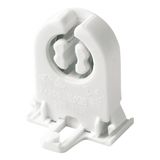
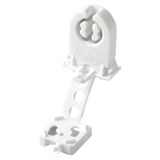

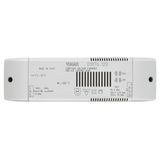
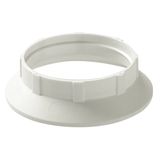
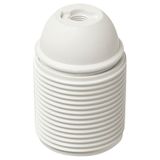
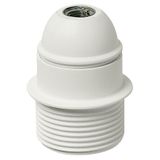
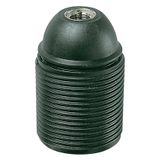
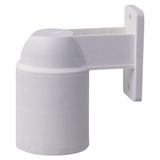
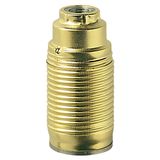
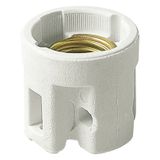


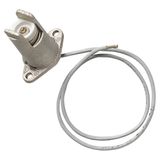

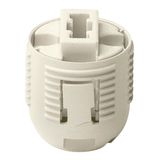
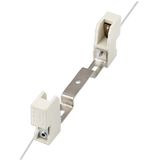
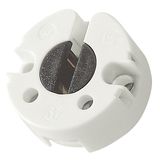

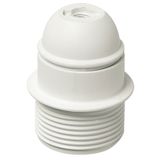
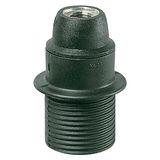
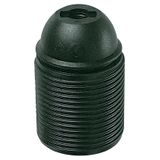
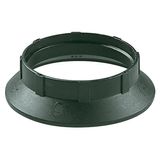
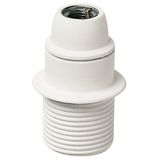
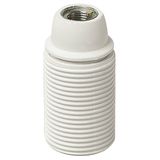
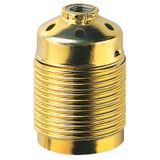
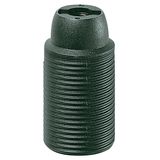
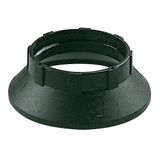
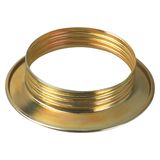
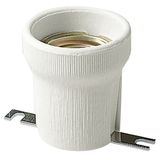
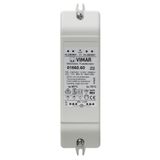
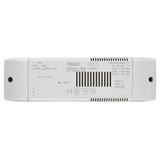
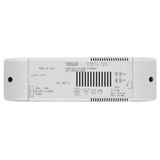

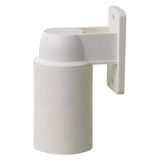
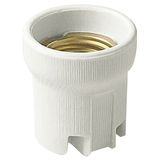

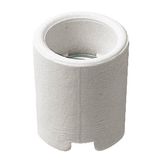
-
-
1
- 2
-
Install crews stick with Vimar when they want lamp-side parts that actually fit, keep IP and IK where the luminaire needs it, and don’t fight the 55–71 mm geometry used across rooms. Holders, connectors, glands, gaskets, brackets, and room packs land under one catalogue, so you can pre-approve materials, thermal classes, and wiring ranges once—then repeat the same method statement floor by floor without surprises.
vimar lighting accessories assortment and use in real projects
Think of this family as everything between the driver/terminal and the visible trim. You get ceramic and high-temp polymer parts for hot canopies; IP44/IP65 kits for wet zones; quick-release connectors for suspended grids; and standardized gaskets so dust and steam don’t creep into optics. Typical wiring windows cover 0.5…2.5 mm² Cu with 8–10 mm strip lengths; terminals are finger-safe and accept ferrules cleanly, which matters when crews are gloved on lifts. For high-bay retrofits, holders and through-wiring blocks ship with strain reliefs sized to jacket Ø, so whip leads don’t pull on terminations. In façade work, compression glands and anti-vibration clips keep cable seals intact through temperature cycles. Procurement tags vimar lighting accessories by IP class, temperature rating, and conductor range, aligning spares with the exact luminaire family on each floor.
vimar mounting kits room bundles and retrofit logic
Room packs combine support plate, frame, holder/connector set, gaskets, screws, labels, and correct gland threads, matched to ceiling type (mineral grid, plasterboard, metal). For corridors and guest rooms, dimming/driver options are pre-picked so commissioning is a single pass. Crews order vimar mounting kits per level or riser to keep labeling, torque, and strip rules identical across bays.
vimar lamp holders thermal classes and caps
Ceramic bodies handle 200–250 °C around downlights; high-temp polymer variants suit cooler fixtures to save weight. Cap coverage includes E27/E14, GU10/GU5.3, G13/G5 for linear, and GX53/GX8.5/GX10 for specialist fittings. Retaining springs and anti-rotation tabs stop twist in plasterboard; earthing lugs are positioned for short pigtails. Spec sheets for vimar lamp holders list creepage/clearance and glow-wire (650–850 °C) so safety reviewers sign off quickly.
vimar lighting connectors quick-coupling and through-wiring
2–5-pole push-in and screw types, keyed to prevent cross-mating, speed install and swap-outs. IP20 for dry ceilings and IP65 sealed plugs for canopies and exterior heads; some lines carry loop-through terminals so rows daisy-chain without junction boxes. Markings show polarity and dimming cores (1–10 V/DALI) distinctly. Teams standardize vimar lighting connectors by pole count, IP, and cable Ø to keep pull tests and insulation checks predictable.
vimar spare parts for lights drivers optics and seals
Driver trays, emergency modules, prismatic or opal diffusers, reflectors, clip sets, and lens/gasket kits are available by luminaire family. Seal kits restore ingress ratings after maintenance; bracket refresh sets keep aiming consistent on façades. Stock vimar spare parts for lights with EAN/MPN tied to room types and ceiling cutouts, so night-shift swaps don’t derail photometry or IP.
vimar lighting components dimming, feeds, and strain relief
Inline 1–10 V/DALI feed blocks, strain-relief clamps, cord grips, and terminal bridges tidy canopies and gear trays. Color-coded separators keep SELV away from mains, and label windows carry circuit IDs that match drawings. Using vimar lighting components lets panel and field wiring share one torque/strip rule, which cuts retest time.
vimar installation accessories spacers gaskets and adapters
Depth shims (2–10 mm) correct proud plaster; IP44 gasket rings protect bathroom and housekeeping heads; adapter plates rescue oversize or legacy cutouts; repair collars hide chipped edges. Crews rely on vimar installation accessories to keep trim lines straight and to preserve ingress ratings after rework.
Technical specifications and standards that matter
Operating supply per device family (typically 230 V AC luminaires, SELV 12/24 V for controls). Thermal classes stated per holder/connector; glow-wire 650–850 °C (IEC 60695-2-11). Ingress per IEC 60529 (IP20 ceilings; IP44/65 with gaskets/sealed plugs). Wiring ranges 0.5…2.5 mm²; strip 8–10 mm; typical torque 0.4–0.8 Nm (device label prevails). Materials include LSZH options for escape routes (IEC 60754/61034). Trunking/ceiling interfaces align with EN 50085; boxes/enclosures with EN 60670-1.
Applications and compatibility
• Hotels/offices: gasketed trims in wet points; keyed plugs in modular ceilings for fast changeovers.
• Education/healthcare: LSZH plastics and tamper-resistant connectors; clear labeling for maintenance rounds.
• Logistics/plant: IP65 kits, compression glands, anti-vibration clips; ceramic holders in hot bays.
All items align with Vimar device geometry and plate lines (Eikon/Arké/Plana) so visible trims and hidden parts share one grid.
Selection criteria for B2B buyers
- Fix IP/IK and temperature zone, then choose materials (ceramic vs high-temp polymer) and gasket set.
- Define wiring: conductor size, dimming cores, loop-through need; lock torque/strip rules.
- Match ceiling/canopy type to bracketry, springs, and strain-relief style; confirm cable Ø vs gland threads.
- For exterior/plant, specify sealed plugs and UV-stable seals; publish minimum bend radius and pull limits.
- Bundle by room type and luminaire family so spares and drawings stay aligned.
Advantages of working with Bankoflamps
Your programme sets the pace. We issue job-specific pricing, near-hour quotes by EAN/MPN, and show live EU stock before ceilings close. The portal lists lead times, shipment tracking, and downloadable price lists with validity windows you can plan around. Trusted clients can use post-payment up to 30 days. We consolidate partials so holders, connectors, gaskets, glands, brackets, labels, and driver kits arrive room-bundled by level. Your account manager cross-checks IP/IK targets, thermal classes, conductor ranges, gland threads, and labeling against your drawings—keeping deliveries site-ready across France, the Baltics, Germany, Spain, Italy, Belgium, and the Netherlands.